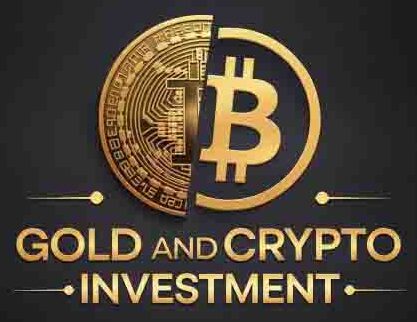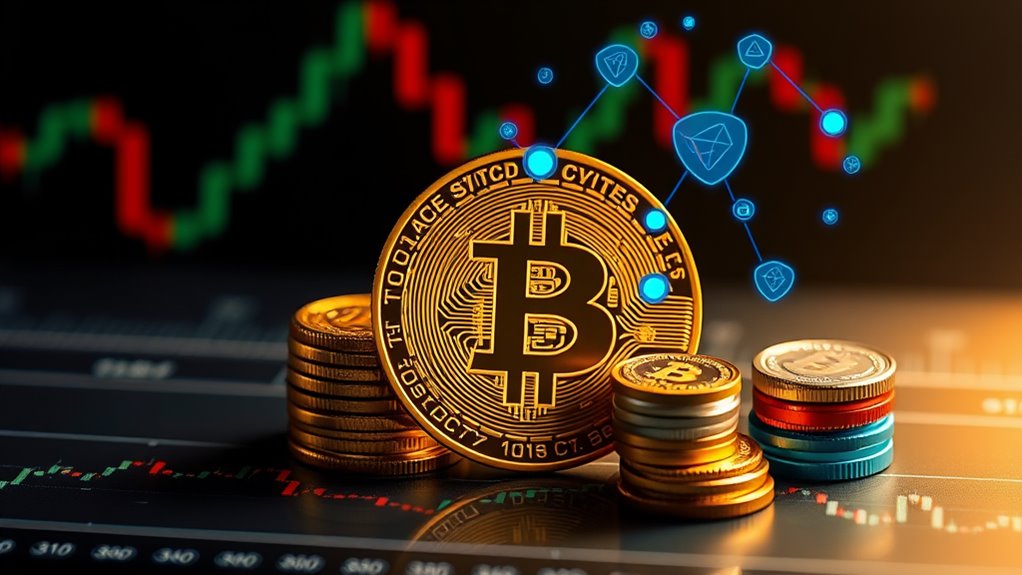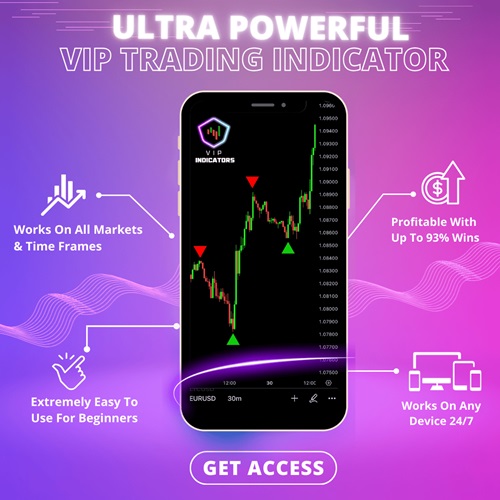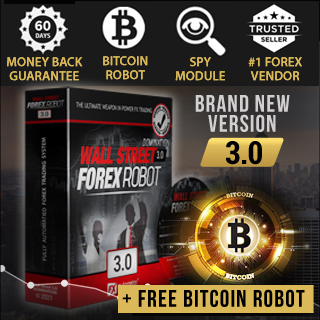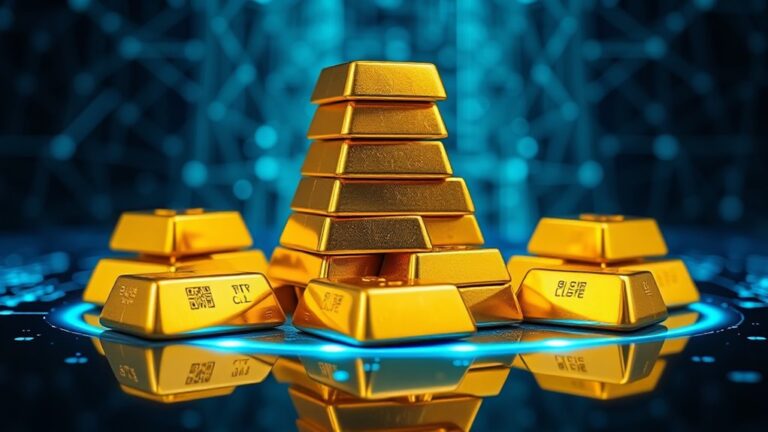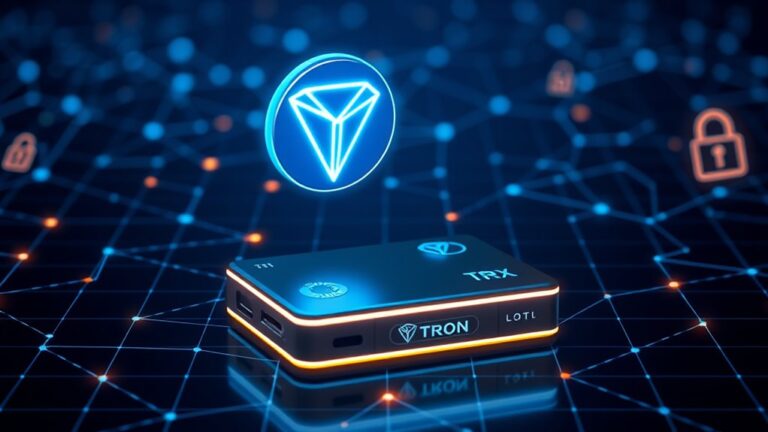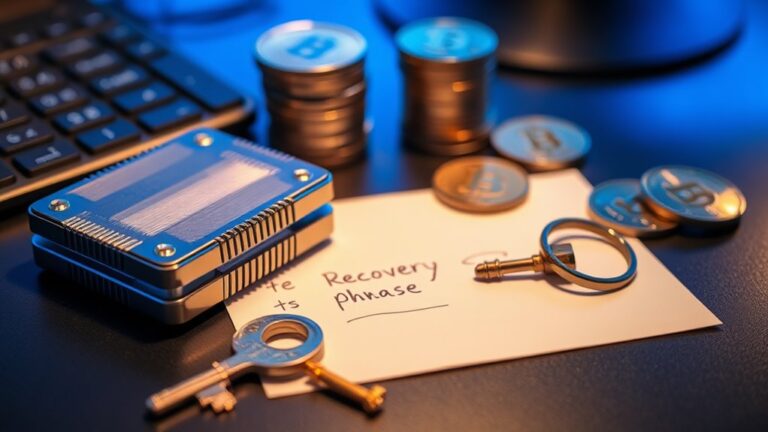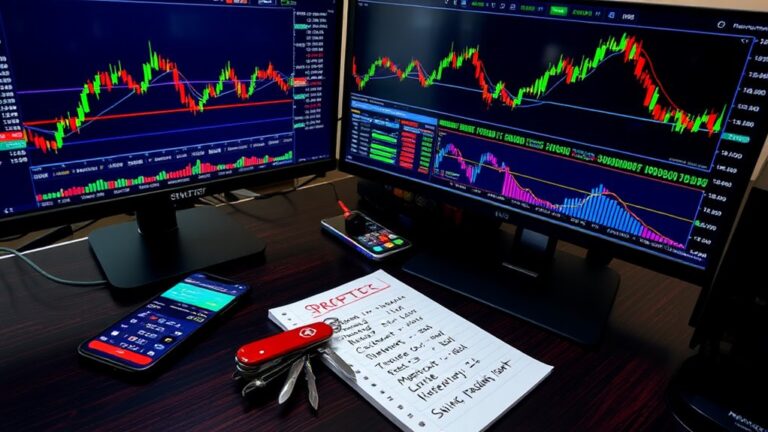What Is Tokenomics in Cryptocurrency?
Note: This post may contain affiliate links, and we may earn a commission (with No additional cost for you) if you purchase via our link. See our disclosure for more info. The gold and crypto world is constantly changing. This is not financial, investment, legal, or professional advice. So, please verify the information on the gold and cryptocurrency provider’s websites.
Tokenomics is the buzzword that combines “token” and “economics.” It's all about how a crypto token behaves in its own little ecosystem. Think supply, distribution, utility, and more. Supply can be fixed, like Bitcoin's 21 million cap, making it sexier to investors. Distribution can either make or break a project. And let's not forget incentives that keep users engaged, like staking. Curious about how all these pieces fit together? There's more to uncover!
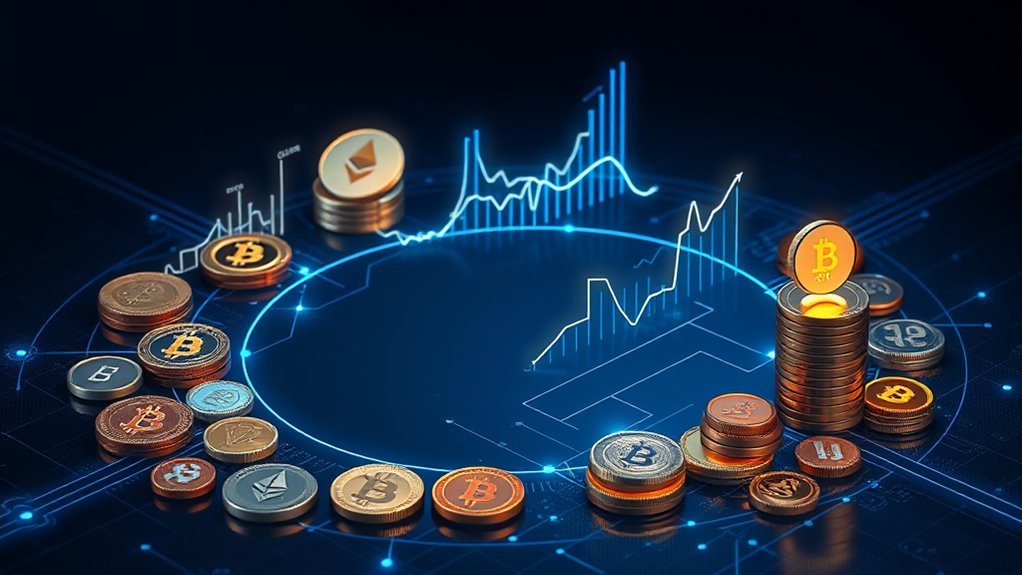
In a world where digital currencies are all the rage, tokenomics has become the buzzword that can make or break a cryptocurrency project. So what is it? It's a mashup of “token” and “economics,” diving deep into the economic models of crypto tokens. It's not just for tech geeks; it's a guide for everyone involved—founders, investors, and users alike—to understand how these tokens function in the vast, chaotic crypto jungle.
Tokenomics examines the nitty-gritty stuff: supply, distribution, utility, incentives, and market dynamics. Forget about traditional economics; this is all about decentralized systems and blockchain. Supply dynamics are vital. Think about Bitcoin's 21 million cap. That fixed supply impacts market behavior, creating a micro-economy that influences how tokens are traded. Additionally, understanding total supply is crucial for assessing long-term value and scarcity within a token's ecosystem.
Tokenomics dives into supply, distribution, utility, incentives, and market dynamics, shaping the decentralized world of crypto.
Then there's the distribution magic—how tokens are allocated to teams or sold to the public can either help or hurt liquidity. Utility matters too. If a token doesn't have a real-world use, it's like a car without wheels—pretty useless. Burn mechanisms, like Binance's buyback burns, can create a deflationary vibe, which is always fun for investors.
But let's not forget about security and incentives. Smart contracts make sure everything is transparent, while staking rewards keep users in line. Now, let's talk about demand drivers. Utility, market perception, partnerships, and technological innovation all play a role. If a project has a solid use case or a strong brand, it's likely to attract users. Just like with traditional investing, portfolio diversification across different cryptocurrency sectors can help mitigate risks while maximizing potential returns.
But keep an eye on community engagement; governance tokens can make users feel involved, and that's a big deal. Investment considerations can get tricky. Supply mechanics and burn rates? Key factors for valuation. If a project has poor tokenomics, watch out! It could lead to market manipulation.
In the end, understanding tokenomics isn't just helpful; it's essential for traversing the wild world of cryptocurrency.
Frequently Asked Questions
How Is Tokenomics Different From Traditional Economics?
Tokenomics and traditional economics? Totally different worlds.
One's all about decentralization, while the other clings to centralized control like a toddler with a blankie.
Supply in tokenomics is often fixed, unlike the endless money-printing spree of central banks.
And don't get started on transparency—blockchain versus opaque systems.
Plus, tokenomics rewards loyalty through staking, while traditional economics throws cash at you like it's confetti.
Welcome to the future, folks!
What Role Do Token Burns Play in Tokenomics?
Token burns? Oh, they're a big deal. They reduce the supply of tokens, which can make the remaining ones more valuable. It's like magic, but with math.
Some projects burn tokens based on profits or transaction fees. Others? They just wing it. Predictable burns can boost investor confidence, but let's be real—it's not a guarantee.
Still, they might save a project from drowning in oversupply. Scarcity is the name of the game, folks.
Can Tokenomics Influence a Cryptocurrency's Price?
Tokenomics can totally shake up cryptocurrency prices. It's all about supply and demand, folks. When supply is tight—think token burns—prices often rise.
Then there's demand; real-world utility or hype can send prices soaring. Staking? It can reduce available tokens, pushing prices higher.
But don't forget the risk factors; pump-and-dump schemes can ruin everything. In crypto, it's a wild ride, and tokenomics is the rollercoaster's track. Buckle up!
How Do Staking Rewards Affect Tokenomics?
Staking rewards pack a punch in tokenomics. They lure investors in, promising sweet returns—who wouldn't want that, right?
But here's the kicker: while they keep folks from selling, they can also create pressure when those rewards hit wallets. It's a balancing act.
Too much staking? Price stability might become a joke. And don't forget, locked tokens mean less supply—hello, scarcity!
What Are Common Token Distribution Methods?
Token distribution methods are varied and sometimes downright wild.
You've got pre-sales, where rich investors get the first dibs, risking a monopoly.
Then, there are public sales—everyone loves a good crowd, right?
Airdrops? Free tokens are like candy on Halloween.
Staking rewards? Nice if you're into that.
Finally, there's DAO governance, where token holders pretend to have a say.
It's like democracy, but for crypto nerds. Who knew?
